development
Carbon Emissions
The United Nations Sustainable Development Goals are the blueprint to achieve a better and more sustainable future for all. The goals address the global challenges we face, including poverty, inequality, climate change, environmental degradation, peace and justice. In our group of developers, we designed and developed a web product based on Goal 13 of Climate Action.
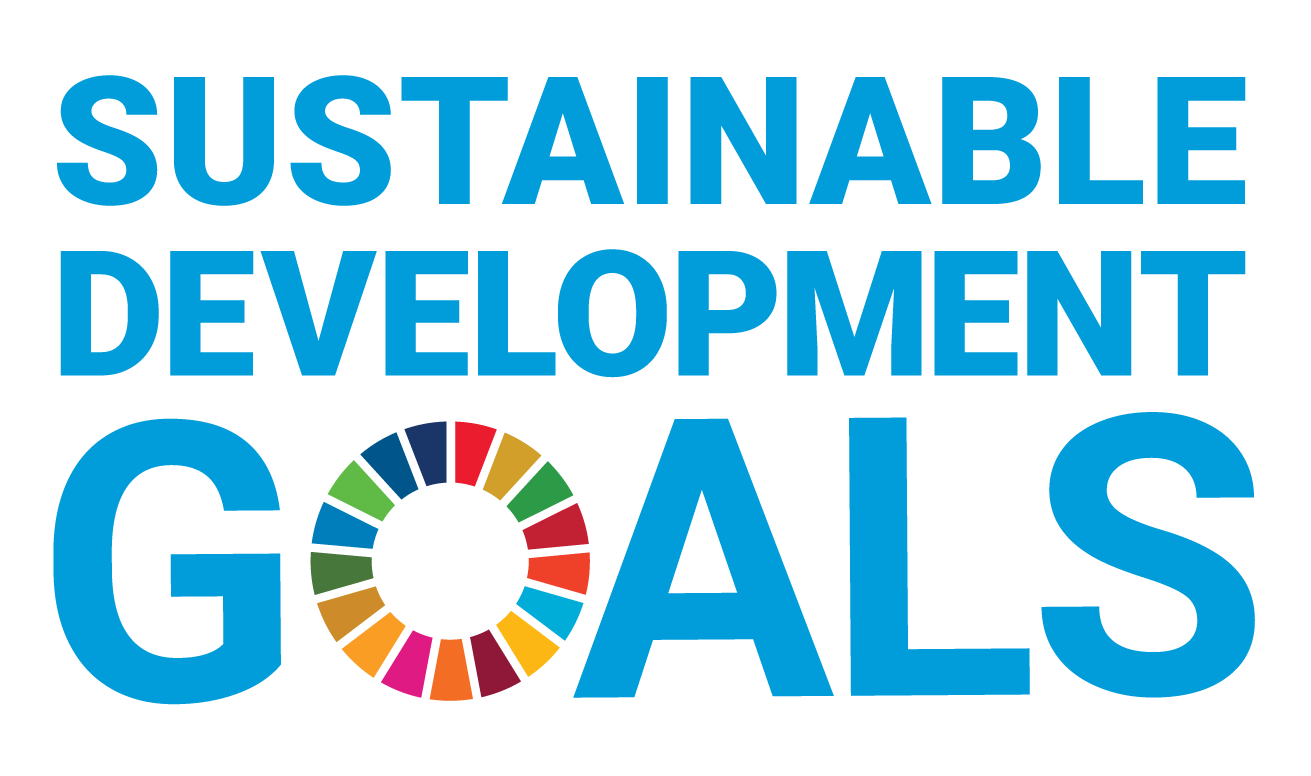
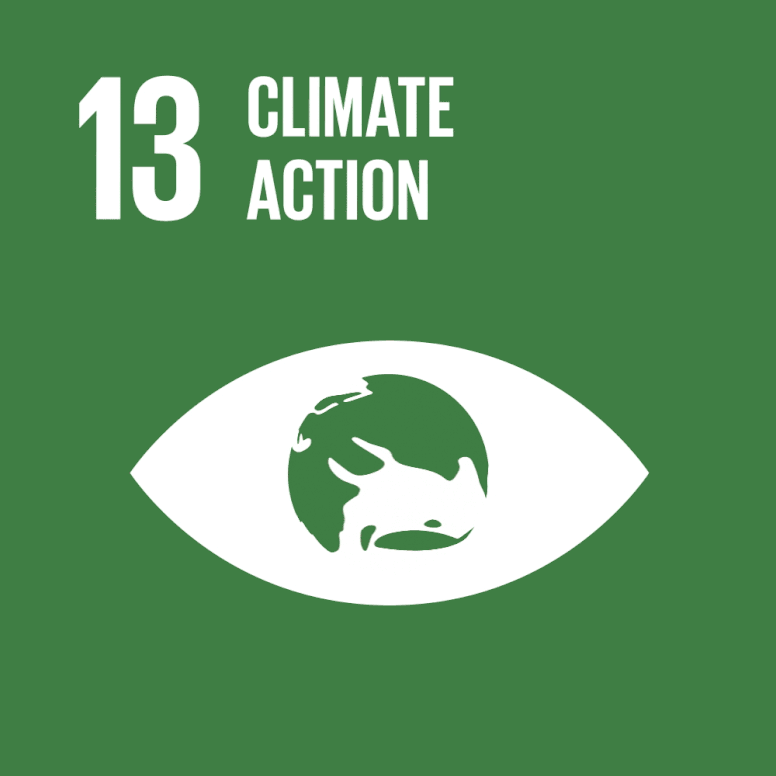
Project Process
01. Problem Statement
The main problem we want to address is how we can help people identify transportation methods that utilize the least amount of fossil fuels to help reduce the impacts of climate change. More specifically, we want to focus on addressing that issue locally in Seattle whether that be through better utilizing the metro system, carpooling, biking, or even just pushing for more electric vehicle use around the city.
02. Functional Requirements
- Information about carbon emissions when using private vs public transportation
- Keep track of how much carbon emissions are emitted when the user uses private transportation
- Resources page that contains information specific to the greater Seattle area
03. Wireframes
Information Page
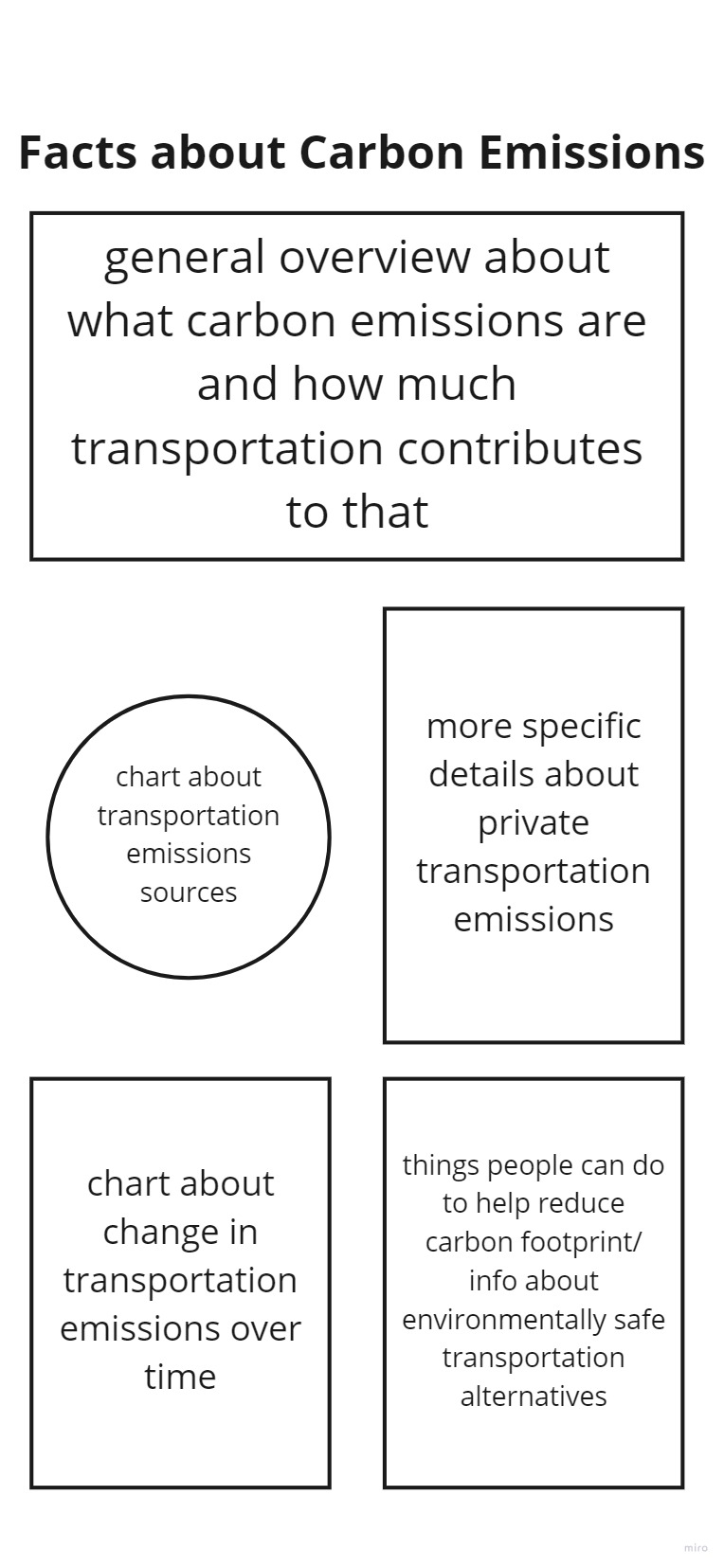
Carbon Emissions Calculator
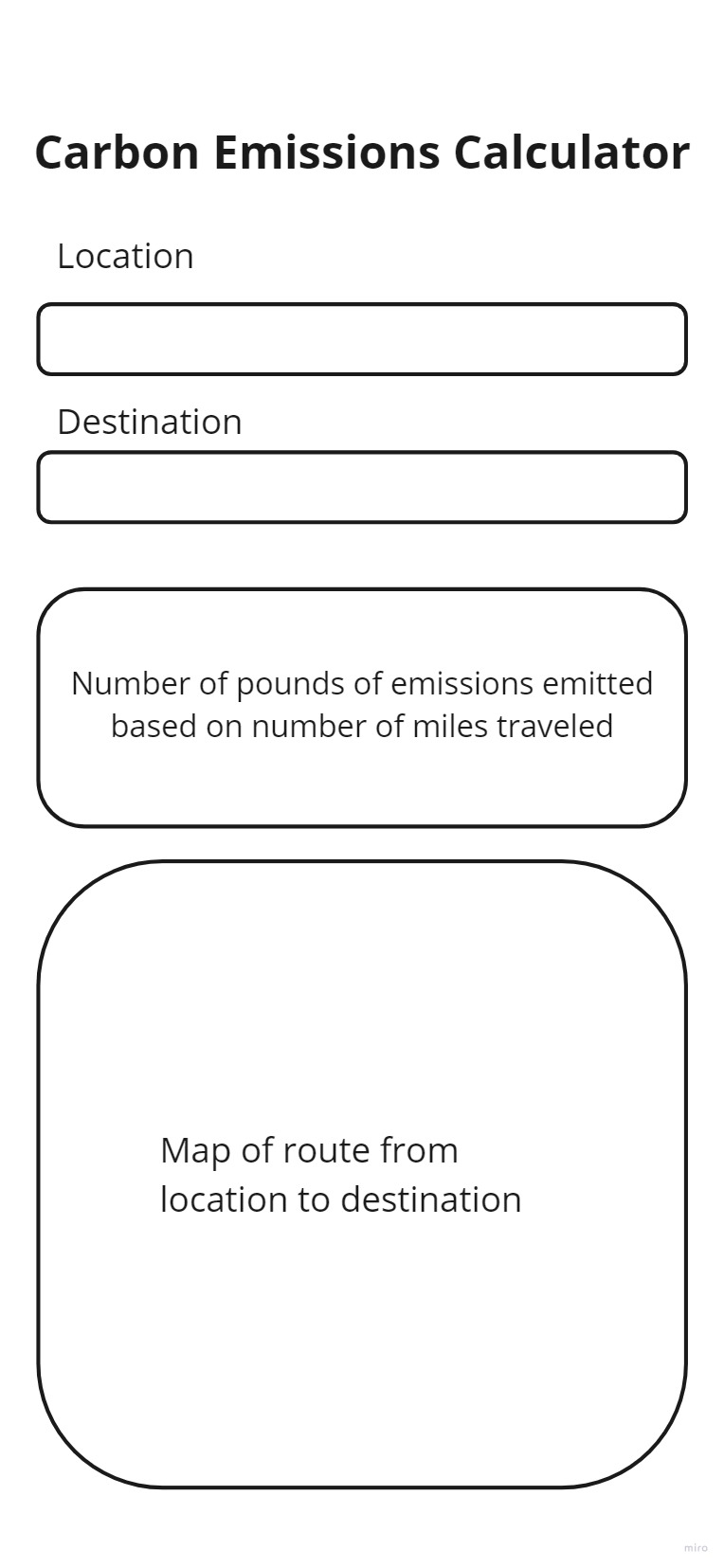
Resources Page
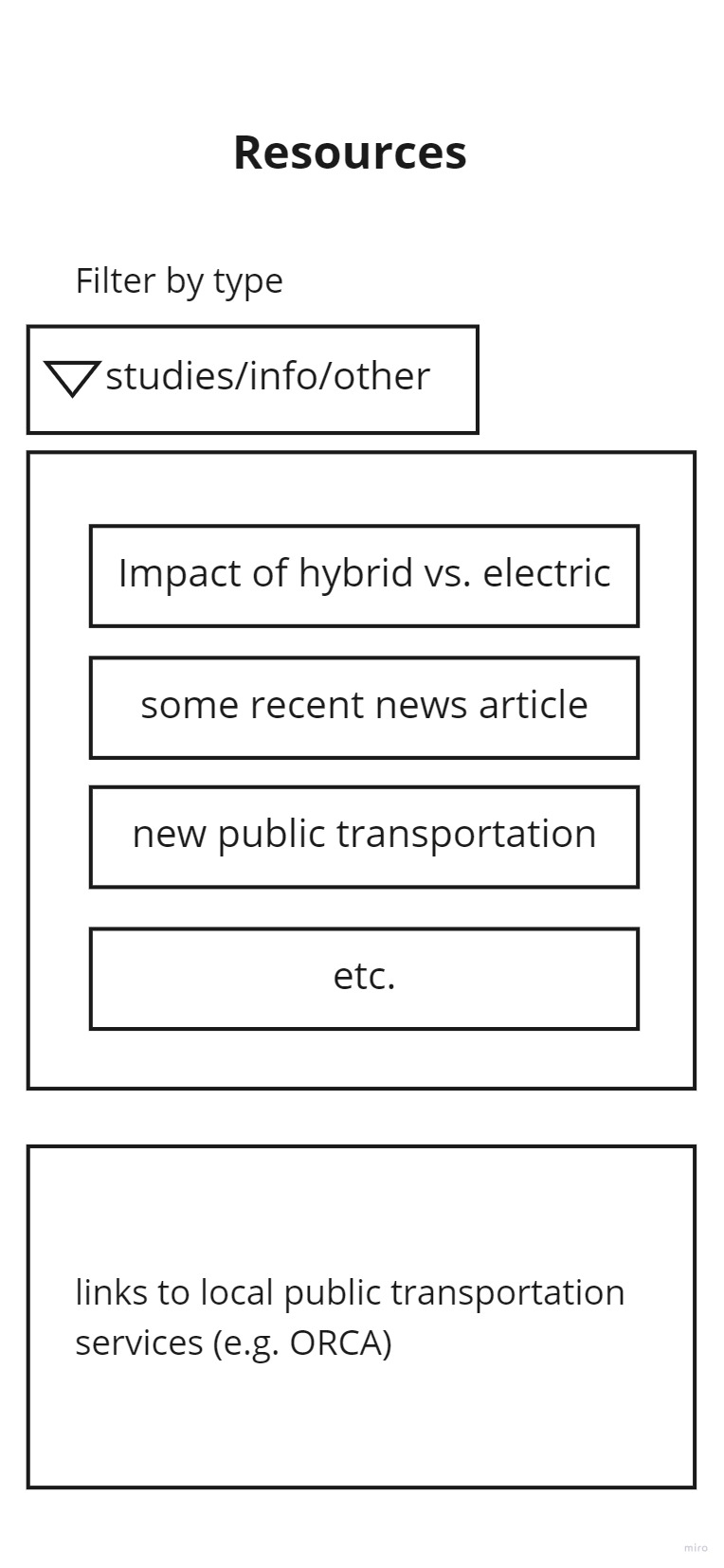
Profile Page
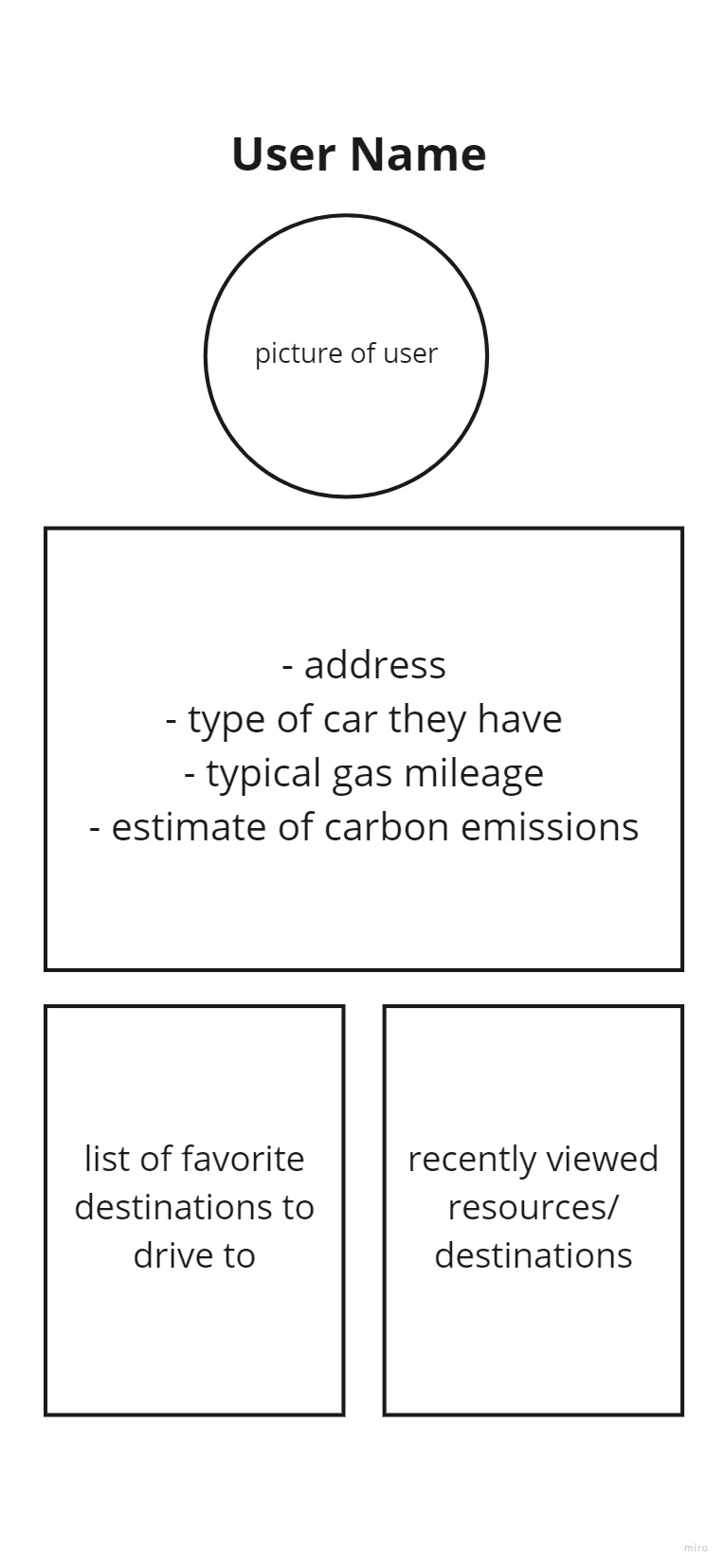
Note: Due to changes in our vision for the project, we converted our original mobile layout to a desktop layout.
04. Architecture and Specifications
- Architectural Style: Client/server
- Code Organization: Each page has their own JavaScript file and utilizes a common CSS style sheet
- Framework: Leveraging features from React
- Hosting: Solution is hosted on GitHub Pages
- Unit Test: Mileage calculator functions correctly
05. Testing Protocol
05. Outcomes
Throughout this process, I applied social psychology, computer-supported collaborative work, and project management to a team-based project. I was able to complete a series of milestones and final project deliverables centered on the design and implementation of a functioning software product. I was reminded that designing an application easily usable by everyone requires a lot of planning and testing. User testing absolutely necessary to find out how users will interact with our work and can reveal issues we never knew existed.
If our team had the funding necessary to continue this project, we would develop it further into a navigation application where users can find directions to their destinations while keeping track of their carbon emissions output. We want to be able to give users additional features and resources to help them learn more about carbon emissions.